The concept of conservation and protecting Mother Nature is rather slow moving in some parts of the world. Sometimes though, there is someone that is so far ahead of their time, they don’t really even know that they are starting a movement. This holds true when you look at Asa Wright and her Asa Wright Nature Centre on the beautiful twin island nation of Trinidad and Tobago.

The Asa Wright Nature Centre was originally located on a cocoa plantation (the Spring Hill Estate) that was bought by Mrs. Wright and her husband. Over the course of their ownership a large estate was built on the property, which now holds the nature center, and lodging facilities. To say the central home is beautiful is an understatement.
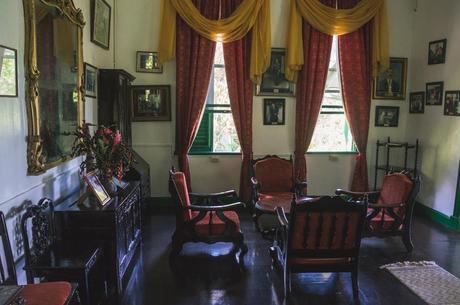
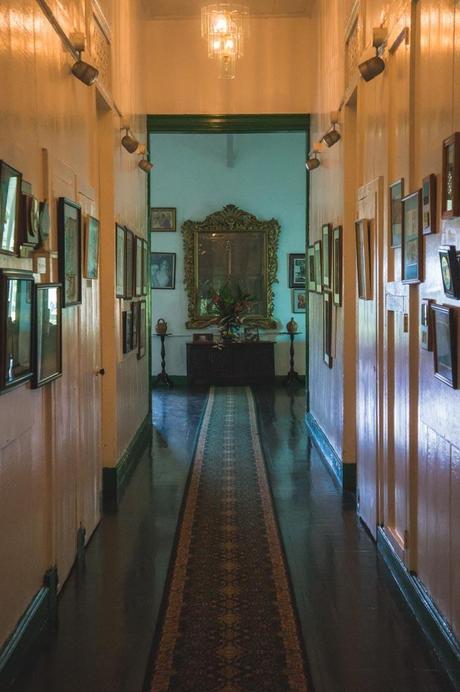
Arguably, the best feature on the property however, is the large viewing gallery that gives visitors an incredible view of the property.
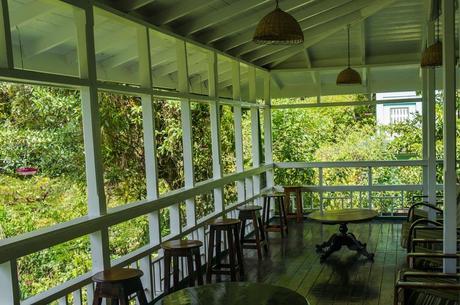
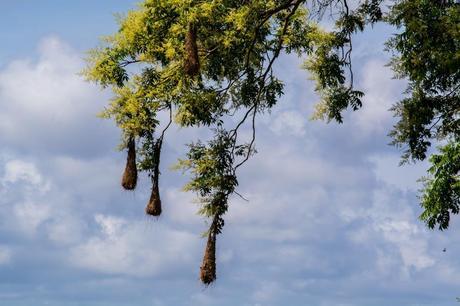
The Asa Wright Nature Centre has been operated as a non-profit organization since its formal establishment in 1967, and is one of the Caribbean’s first nature centers. The Arima Valley is rich in natural resources and is a perfect habitat for the majority of Trinidad’s varieties of birds and other animals. The best way to explore the area, once you’ve enjoyed the overlook, is by taking a hike through the vast network of trails. If you are a guest for just the day, you must take a guided hike, and overnight visitors can freely wander the grounds. Here at the Asa Wright Nature Centre, preservation comes first so they prefer visitors do guided hikes to protect the surroundings.
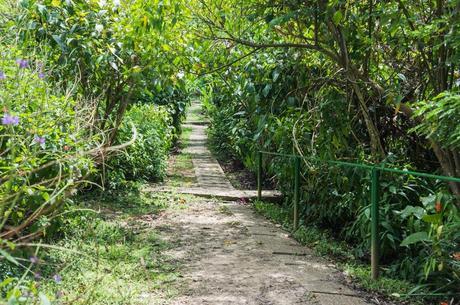
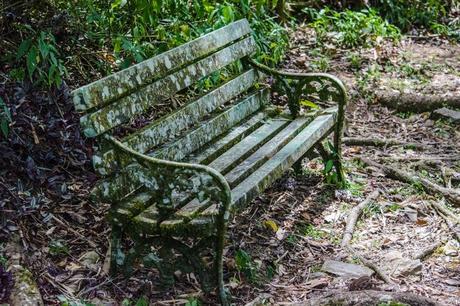
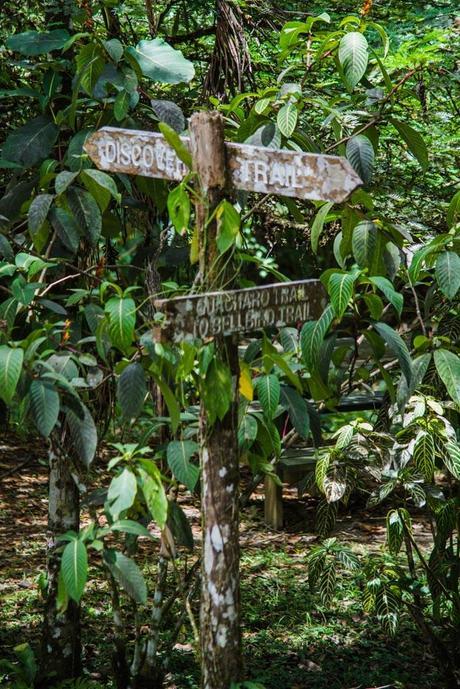
The main attraction of the Nature Centre are the many varieties of birds that call the preserve home. The twin islands of Trinidad and Tobago are home to 17 unique species of hummingbird many of which can be found at Asa Wright. The Nature Centre is also home to several large breeding lek for the white bearded manakin and several other small but beautiful birds. All told, over 160 species can be spied at Asa Wright, depending on the time of year.
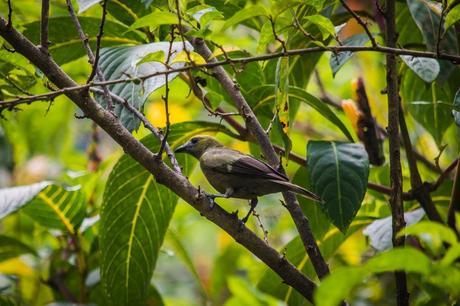
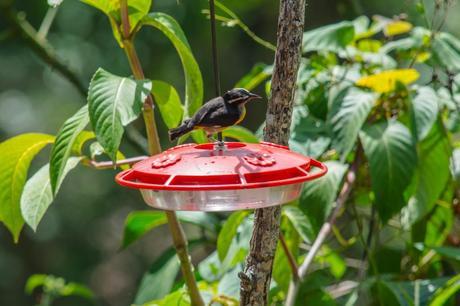
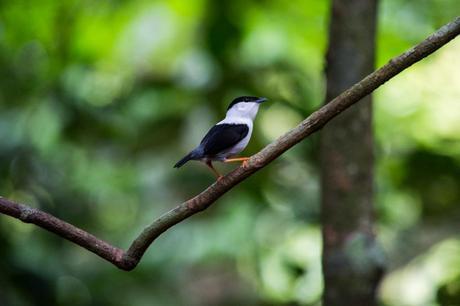
The Asa Wright Nature Centre isn’t home to just birds though. The preserve is a vibrant ecosystem full of critters of all shapes and sizes.
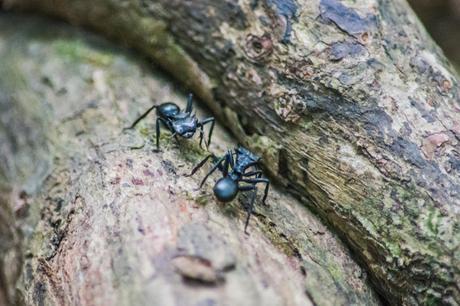
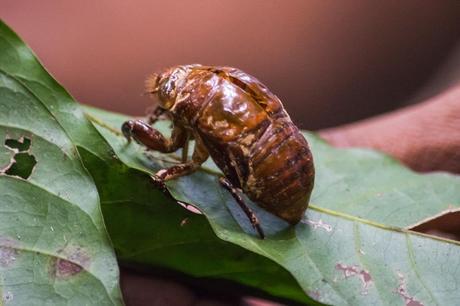
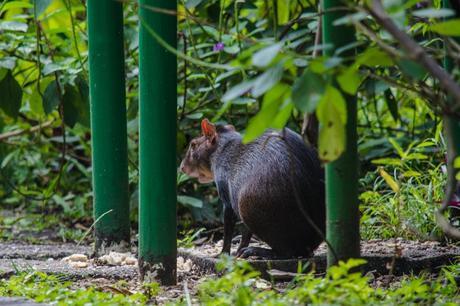
Because it’s located on Trinidad’s Northern Range, the nature centre’s lush tropical rainforest climate is also a fantastic location to host much of the islands beautiful flora. The large variety of flowers also serve to feed all the different species of bird that call the preserve home.
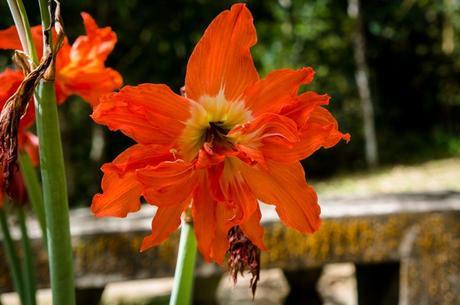
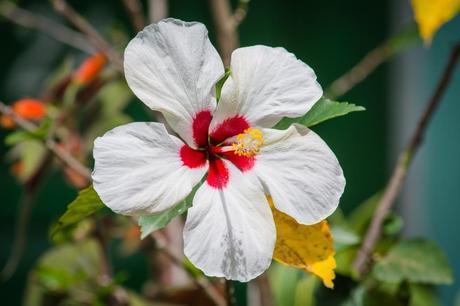
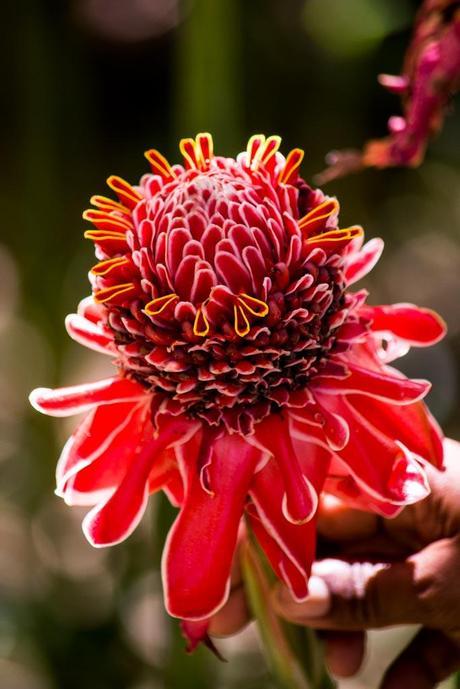
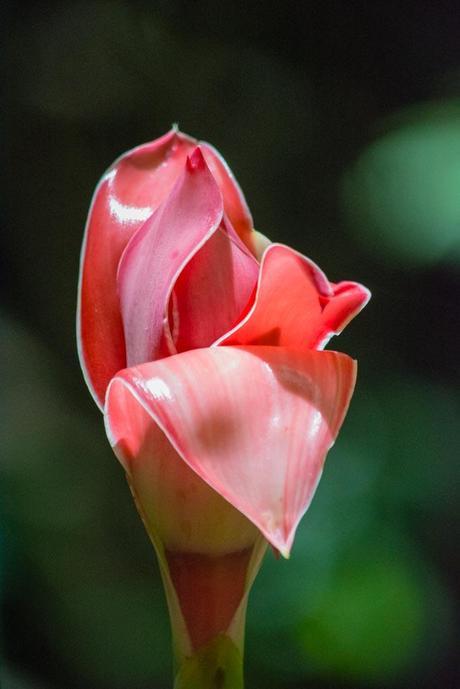
One of Asa Wright’s most intriguing attractions though is it’s small and rare breeding colony of nocturnal Oil Birds, or Guiacharo. Located in a small cave on the property, visits to see the oil birds are limited to specific times of the year, and are only available to guests that stay on the property for multiple evenings. This rare bird only resides in Trinidad and in parts of South America and is the only Nocturnal Fruit Eating bird in the world.
Asa Wright is located about an hour outside of Port of Spain and can be visited as a day trip or one can stay for multiple nights on their on-property lodging. Because of Asa Wright’s remote location, there are meal options on site for overnight guests, as well as lunch and tea options for day visitors. The combination of exotic location and its vast collection of rare wildlife makes the Asa Wright Nature Centre a premier destination for any eco tourist.
